One of my favorite Appalachian shrubs is blooming as I write—American Elderberry (Sambucus canadensis). Elderberry has long been regarded as a cold-and-flu remedy in Appalachia, was held magical by the Celts, and was sacred to many Indian tribes. It's an ideal plant for managing transition zones in woodland areas as well.
For all its notoriety, it's a common plant in West Virginia. It's a deciduous shrub with woody stems that arches into a loose, broad crown some four to twelve feet high. The bark on its larger, older branches is warty and light grayish-brown. On younger woody stems, it's more smooth and light grayish-brown or light yellowish-brown. On very young shoots, it's light green.
Its leaves are paired in opposite compounds, are six to twelve inches long, and are mostly simple pinnates with five to nine leaflets, including two to four pairs of opposite leaflets and a terminal leaflet. The upper leaflet surface is medium to dark green, and the lower surface is light green. Its foliage and shoots when crushed have an unpleasant aroma with astringent qualities.
White elderberry flowers blossom in clusters in late spring and last three to four weeks. Its flowers have a rather strong fragrance that is sweet but with musty overtones. The flowers are replaced by round, drupe-like fruits, which, by late summer, grow dark purple to black. Each mature drupe has a juicy interior that contains three to five small seeds. Their flavor is sweet, though there is a slightly bitter aftertaste. The root system is shallow and rhizomatous, and clonal offsets often develop from the spreading rhizomes.
The elderberry grows in full sun to partial shade though it has learned to adapt to many conditions. It is widely distributed across the eastern U.S. and adjacent Canada and can be grown in Hardiness Zones 3-10.
Ideal habitat notably includes fence rows, ditch banks, woodland borders, abandoned fields, river-bottom prairies, shrubby areas along railroads, moist meadows in woodlands, disturbed open woodlands, and powerline clearings in wooded areas. Common Elderberry is a pioneer species that is often found in habitats with a history of disturbance.
The American Elderberry is great as a rehabilitation plant, being a pioneer species that loves full sun. It can quickly move into damaged lands and help regenerate degraded soil. It will also create edge zones for diverse habitat that are home to many crossover species. These transition areas can help break-up localized wind shear and hot and cold pockets and can gently redirect wildlife. By producing shade, food, and a windbreak structure, elderberry is one of the strongest choices when creating an edge zone.
The Elderberry in Lore
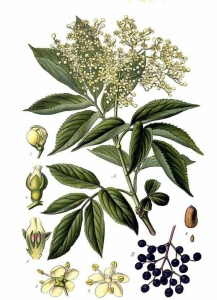
Elder has long been recognized as an important plant ally and has an incredibly rich tie to magic and folklore. It's one of the 22 trees used in the Ogham, the Celtic tree alphabet, which is distinguished by five lines and is tied to the Ogham letter “R” and “Ruis.” As an Ogham tree, it has strong connections to the fairy realm as both a gateway and, in some tales, the tree representing the Queen of the Fairy folk.
Like any powerful magical plant, it has both beneficial aspects and warnings to heed, as do all potent plant allies. Elder as both harmful and helpful, depending on how it is used. As long as elder is kept out of the house, it can bring a host of magical protections. People have planted elder outside of their homes to deflect hostile magic.
Similarly, elder was planted in cemeteries to allow the dead to rest, was used to fasten doors shut, and was tied to windows and doors to keep out the fey as well as other kinds of hostile magic. It was used in barns for this same kind of protection. If the elder were gathered on Beltane eve, it was particularly potent for this purpose. Elder pegs were rubbed with Conqueror oil and driven into the earth around a business or home to keep the law away.
Europeans believed Elder was the “elder mother” or “hylde moer”, who was Queen of the Fairy or Queen of the Underworld—a powerful and potent force. Each elder tree had a “little elder mother” that lived there. They would make offerings at the base of the elder tree, to the little elder mother, to encourage good harvest and potent medicine from the elder.
North American Indians made offerings at each elder plant when picking them. It was sacred to the Cherokee and many other tribes. Some considered the elderberry the "elder tree," for it could provide everything an individual might need—pith for fires, stalks to curve flutes, berries for nutriment, and medicine for a variety of ailments. The tree was also the gateway to the forest and served to remind wanderers about the perils and wonders of the journey ahead.
A West Virginia Cold Remedy
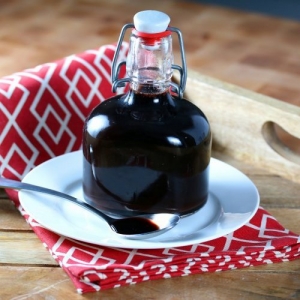
Here in West Virginia, cold formulas composed of elderflower are often made. Many people consider the elderberry plant one of the most powerful for preventing and treating colds and influenza. The results of some studies show that elderberries have significant benefits against cold and flu symptoms.
In one placebo-controlled, double-blind study conducted by Israeli virologist Dr. Madeleine Mumcuoglu, 93.3 percent of people taking an elderberry preparation reported significant improvement in influenza symptoms within two days of starting it, compared with the six days it took for the placebo group to see improvement.
Researchers also have found that people who have taken elderberries have higher levels of antibodies against the influenza virus, demonstrating that the berry may treat flu symptoms and prevent influenza infection. (Roschek, 2009)
Each year during my late summer workshop, hosted by the Mavis Institute on Flat Top Mountain, we make an elderberry tincture. Below, I will include some elderberry recipes.
Elderberry Syrup
1/2 cup dried elderberries
2 cups water
½ cup honey
Combine elderberries and water in a small saucepan over high heat, and bring the mixture to a boil. Lower the heat, and allow the mixture to simmer until the water has been reduced by half. This should take about 45 minutes.
Transfer the cooked berries and liquid to a clean bowl, and pour it through a fine mesh strainer to remove the berry skins. Use the back of a spoon to press the berries in the strainer to extract all the juice, then discard the small amount of pulp left in the strainer.
Allow the elderberry juice to cool to room temperature, so that the heat doesn't harm the nutrients in the honey, then stir in the honey. Use a whisk to incorporate it smoothly, then transfer the syrup into a sealed glass jar that you can store in the fridge.
The syrup should keep well for at least two weeks when stored in the fridge, so if you don't think you'll use it all before then, feel free to freeze it until you're ready to use more.
Elderberry Tincture
Fill a jar with about one cup of dried elderberries, cover the elderberries with alcohol, and secure with a lid.
Gently shake the jar, and leave it in a dark cupboard for six weeks. Gently shake the jar every day or so. I keep mine by my coffee mug in the cupboard so I remember to do this most days.
After six weeks, strain the elderberries with a fine mesh strainer or a thin kitchen towel, and pour the elderberry extract into your dark dropper bottle. Keep the elderberry tincture in a dark cupboard at room temperature.
(Roschek Jr. B, Fink RC, McMichael MD, et al. Elderberry flavonoids bind to and prevent H1N1 infection in vitro. Phytochemistry. 2009;70(10):1255-61. doi: 10.1016/j.phytochem.2009.06.003.)


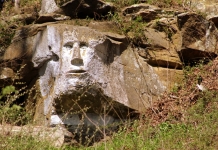


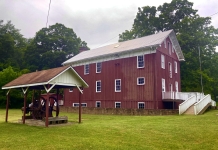
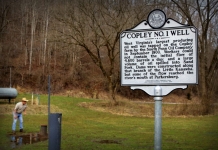
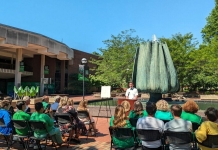
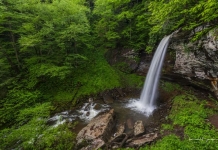




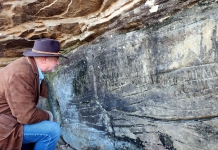

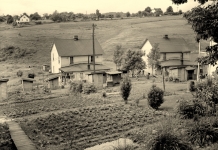
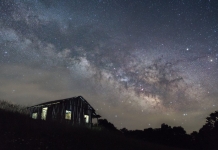






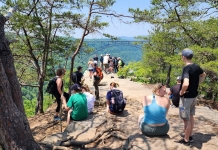

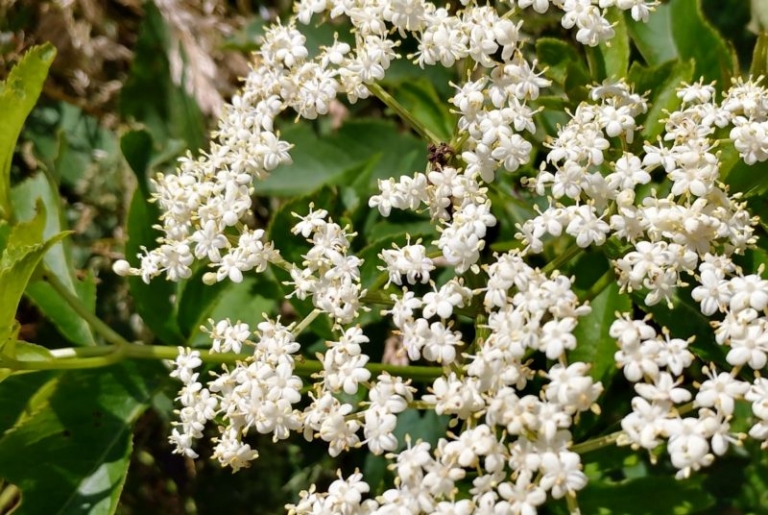




Facebook Comments